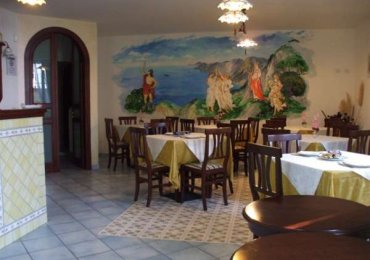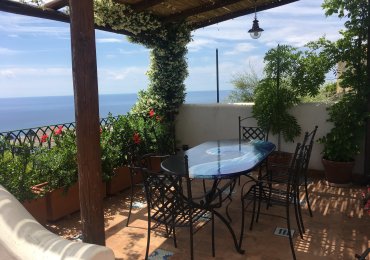-
Why we love it
for the lush nature, reminiscent of a jungle. For the remains mysterious and fascinating. For the lemon fragrance, and the sound of water that accompanies the walk. - Travelling time: 2 hours and half
- Difficulty: Easy
- Length: 5 km
- Total Elevation Gain: 100 m
- Way to travel: on foot, nordic walking.
- Cost: free
- Our Advice: to access the natural reserves you need to contact in advance the forest rangers UTB Caserta (tel. +39.0823.354693 utb.caserta@corpoforestale.it).
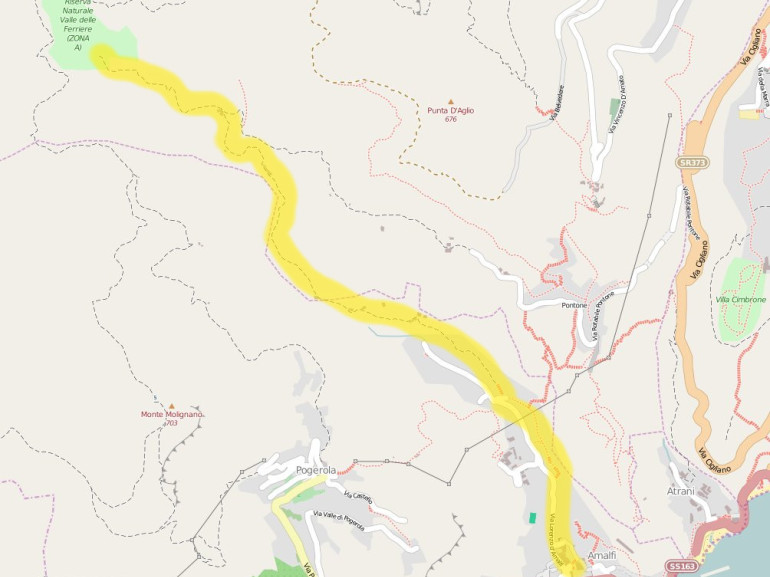

Trekking discovering the Valle delle Ferriere
Let's start our itinerary from the charming Piazza Duomo, after admiring the facade of one of the most beautiful churches of the Amalfi Coast and had drunk a drop of fresh water to the Fontana del Popolo (literally people's fountain), with its beautiful 17th century sculptures.
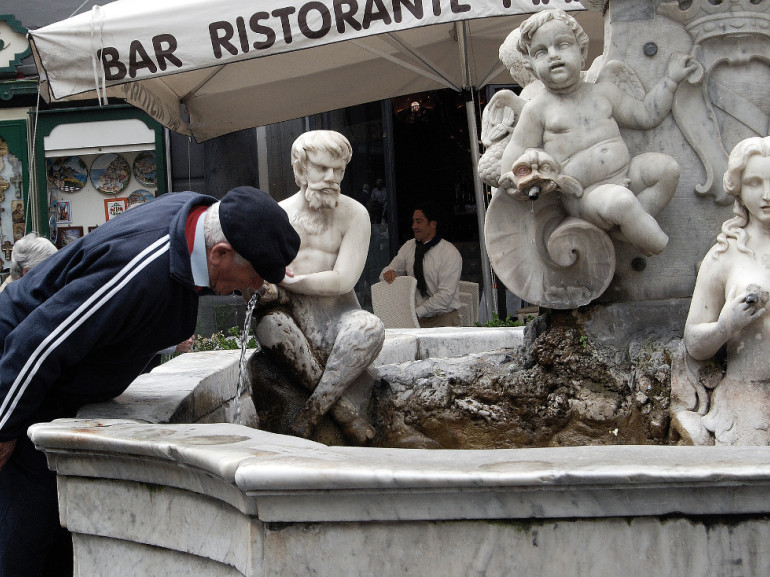
Let's carry on along Via Capuano, the road that runs through the historical center of Amalfi, crossing coffees and outdoor tables, ice cream parlors, shops selling scented lemons and colored chili.
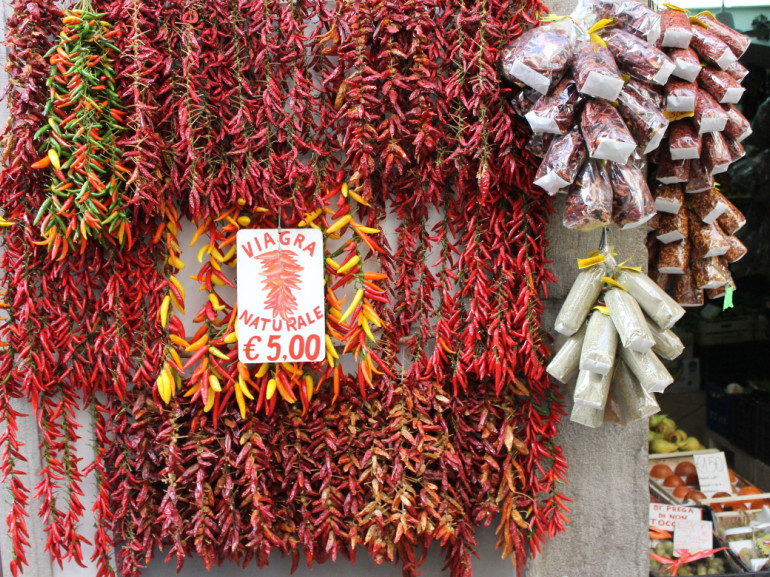
Let's cross the Supportico Ruga Nova, a charming porch that once served also to stop the frequent invasions of the Arabs. Right after, surrounded by lush Mediterranean vegetation, let's take the Via nuova street, a steep and long staircase that connects to the picturesque village of Pogerola.
We can stop for a visit to the ancient Cavaliere Paper Mill, which still produces the original paper of Amalfi using the methods of the eighteenth century, and the Museum of Handmadepaper of Amalfi, where you can find out all about this precious material.
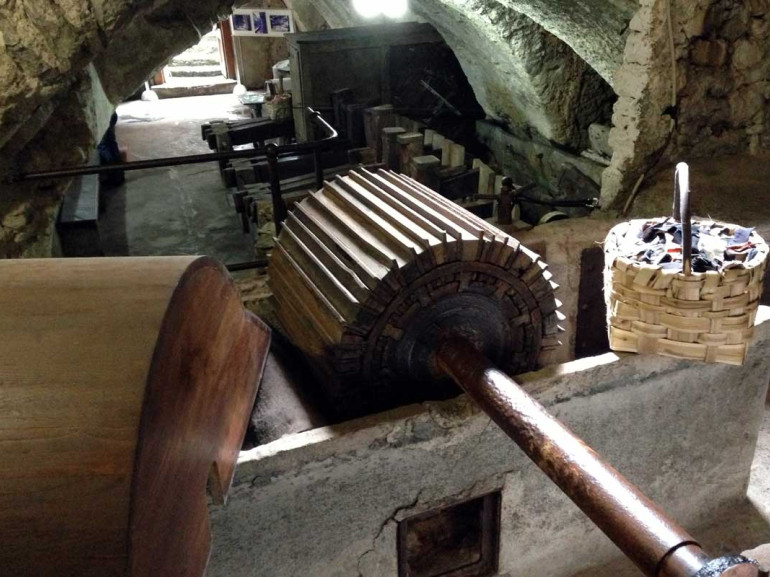
In this fascinating museum, a descendant of one of the oldest families of papermaking masters of the Amalfi Coast, we can discover ancients machines and workmanship of the paper.

Let's go straight, after passing the majestic Chimney masonry, we find the Rural Civilization Art and Craft Museum of Amalfi (info: cata@starnet.it, +39 089 873211), where you can admire old farming tools and utensils artisans of the Amalfi Coast.
From the museum let's take the Via delle Grade Lunghe street, and soon after, always on the left, the steep via Madonna del Rosario street, where we can admire a beautiful glimpse on lemon terraces that slope down to the valley and the sea.

Let's go straight to the north, towards the hills, following Via Paradiso street, past the ruins of the big ancient Paper Mill Lucibello, yet we go forward until the road disappears to make room for a tiny mountain trail.
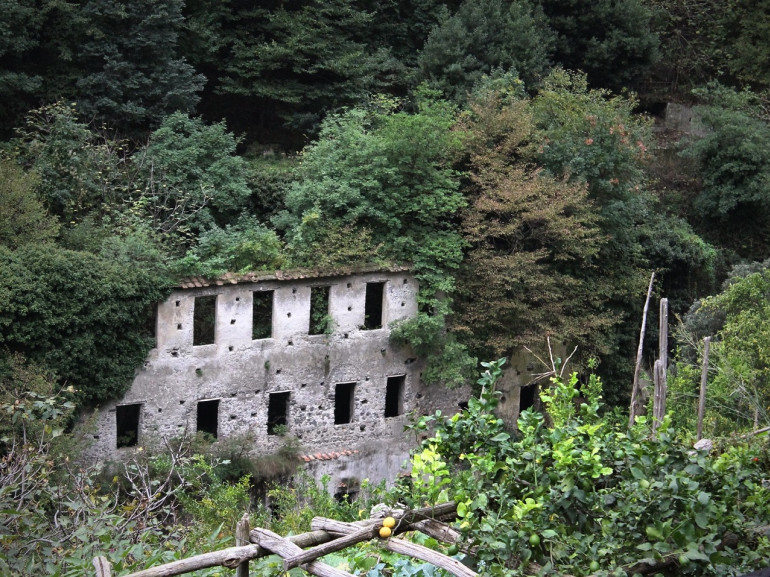
The path allows you to walk surrounded by the sounds of nature, in a deep and lusch green.
The ruins of the ancient Cartiera Nolli (Nolli paper mill) have been completely reconquered by nature. Trees, ivy and vegetations have enveloped the ancient walls. Between XXVIII and XIX century this valley was an important industrial node. Today the ruins of paper mills resemble majestic artwork reconquered by vegetation.
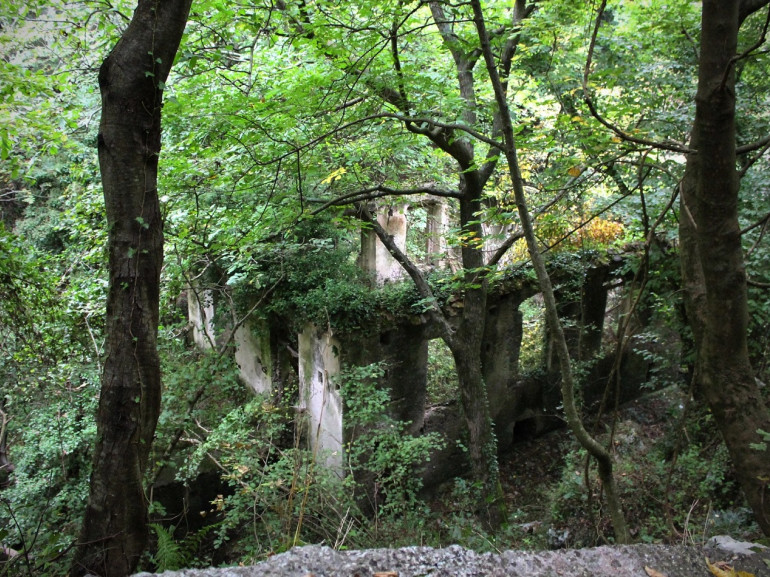
Let's go along the old trail that runs along the river, always crossed only on foot and with the help of donkeys, up to the old ironworks ("Ferriera" in italian) from which the name to the entire district "Valle delle Ferriere".
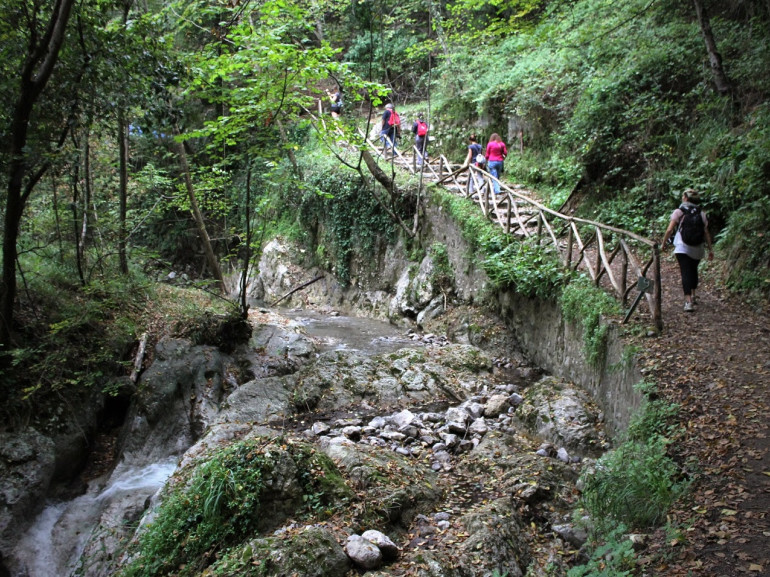
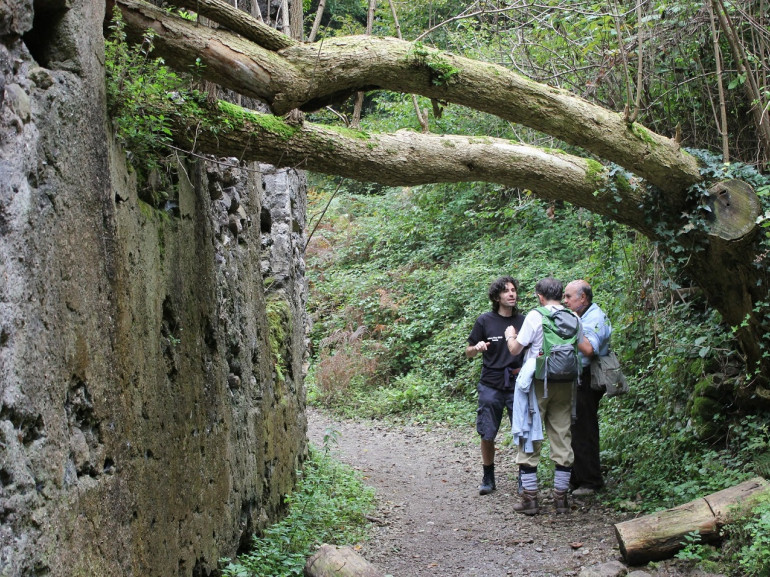
This huge factory, which once gave work to the whole population,
This huge factory, which once gave work to the whole population, today is a monument recaptured by a wild and lush nature.
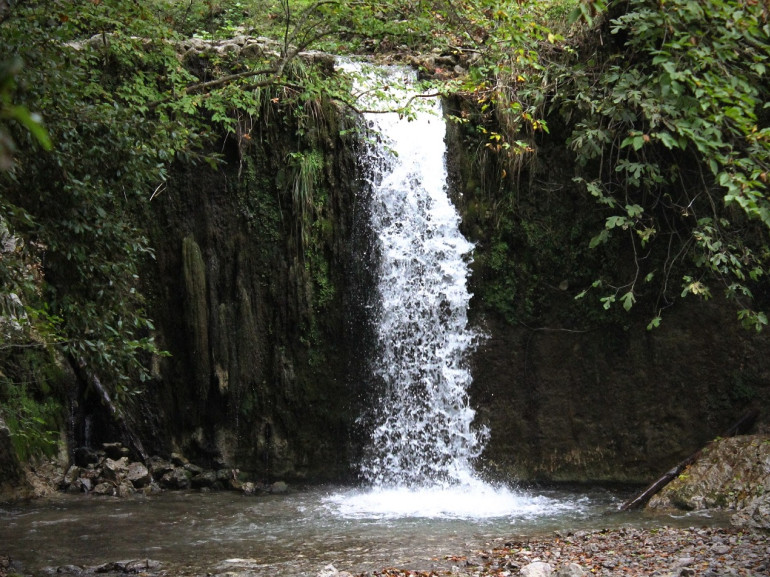
This area has become so exclusive habitat for cyclamen, wild orchids, Pteris vittata, Pinguicola hirtiflora, a small carnivorous plant, Erica terminalis, and a rare species of giant ferns dating back to the Tertiary period, the Woodwaria Radicans or Fern Bulbifera Gigante.
For this valley, already studied the mid-800 by the German naturalist Karl Haekel, is now a nature reserve that difendede this eco-system particularly rare.

Author: Silvia Ombellini

